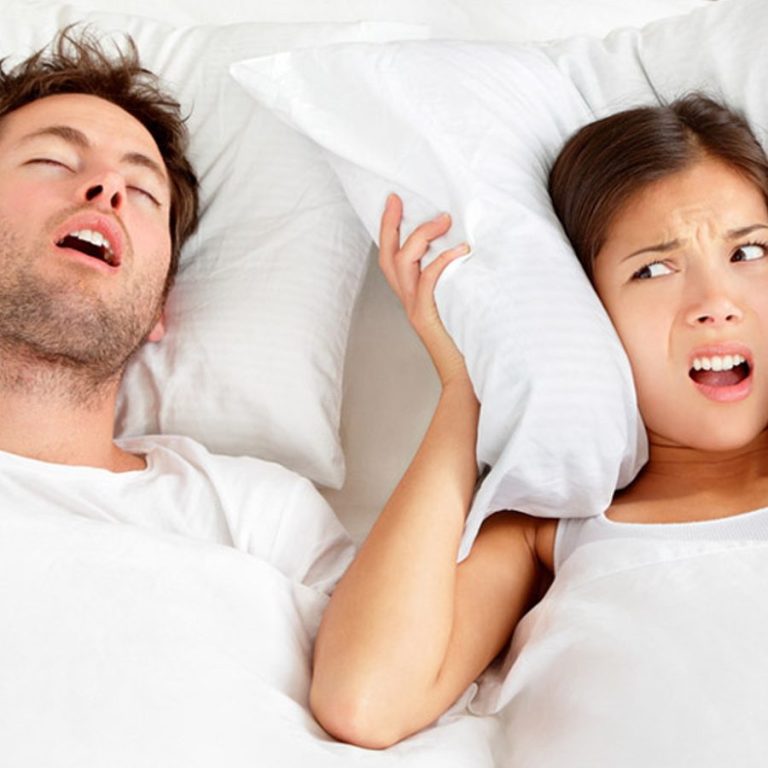SLEEP APENA

SLEEP APNEA
The American Academy of Sleep Medicine reports that more than 25 million adults suffer from sleep apnea ranging from mild to severe. The term sleep apnea describes several pauses during sleep, known as apneas, that interrupt breathing for at least a few seconds at a time. Although common, sleep apnea can cause severe symptoms that reduce quality of life if not diagnosed and treated properly.
What causes sleep apnea?
Sleep apnea may arise from a single risk factor or a combination of several. The most prevalent risk factors linked to sleep apnea include:
- Older age
- Overweight or obesity
- Persistent stress
- High alcohol intake
- Enlarged tongue, tonsils, and/or neck
- Male sex
- Weakened muscles in the airway.
The occurrence of any type of apnea during sleep results in a deficiency of oxygen, leading to significant daytime drowsiness. Numerous individuals express concerns regarding their cognitive performance, attributing it to persistent fatigue. The primary factors contributing to the dangers of sleep apnea encompass elevated blood pressure, lack of oxygen, and excessive stress on the heart.
According to the American Dental Association, around 22 percent of men and 17 percent of women are affected by sleep apnea. The organization deems it a serious issue when apneas occur at least 13 times per hour in men and six times per hour in women.
HOW TO RECOGNIZE SLEEP APNEA
- Anxiety and/or depression that seemed to come on suddenly
- Breathing becomes shallow or non-existent, even if only for a second
- Daytime fatigue
- Decreased ability to pay attention and remember details
- Decreased sexual desire or problems with performance
- Dry mouth upon waking up in the morning
- Headaches when waking up
- Insomnia
- Non-stop loud snoring
- Post-nasal drip and/or stuffed nose
- Waking up often during the night to urinate
- Waking yourself up because you are gasping for air
It is important to recognize that the symptoms of sleep apnea listed here are merely the most prevalent. If you believe you may be experiencing this widespread condition, we encourage you to reach out to us for a discussion regarding treatment options for sleep apnea even if your symptoms are not mentioned. Living with these symptoms on a daily basis can significantly complicate life, and we are here to provide assistance.
Additionally, it is worth noting that children can also be affected by this disorder, although their symptoms may manifest as behavioral or academic challenges. Furthermore, adults of any age are susceptible to developing this oral health issue as well.
Sources:
Sleep Apnea (Obstructive) | American Dental Association (ada.org)
The Link Between Sleep Apnea and Oral Health (verywellhealth.com)
Rising prevalence of sleep apnea in U.S. threatens public health – American Academy of Sleep Medicine – Association for Sleep Clinicians and Researchers (aasm.org).
We need your consent to load the translations
We use a third-party service to translate the website content that may collect data about your activity. Please review the details in the privacy policy and accept the service to view the translations.